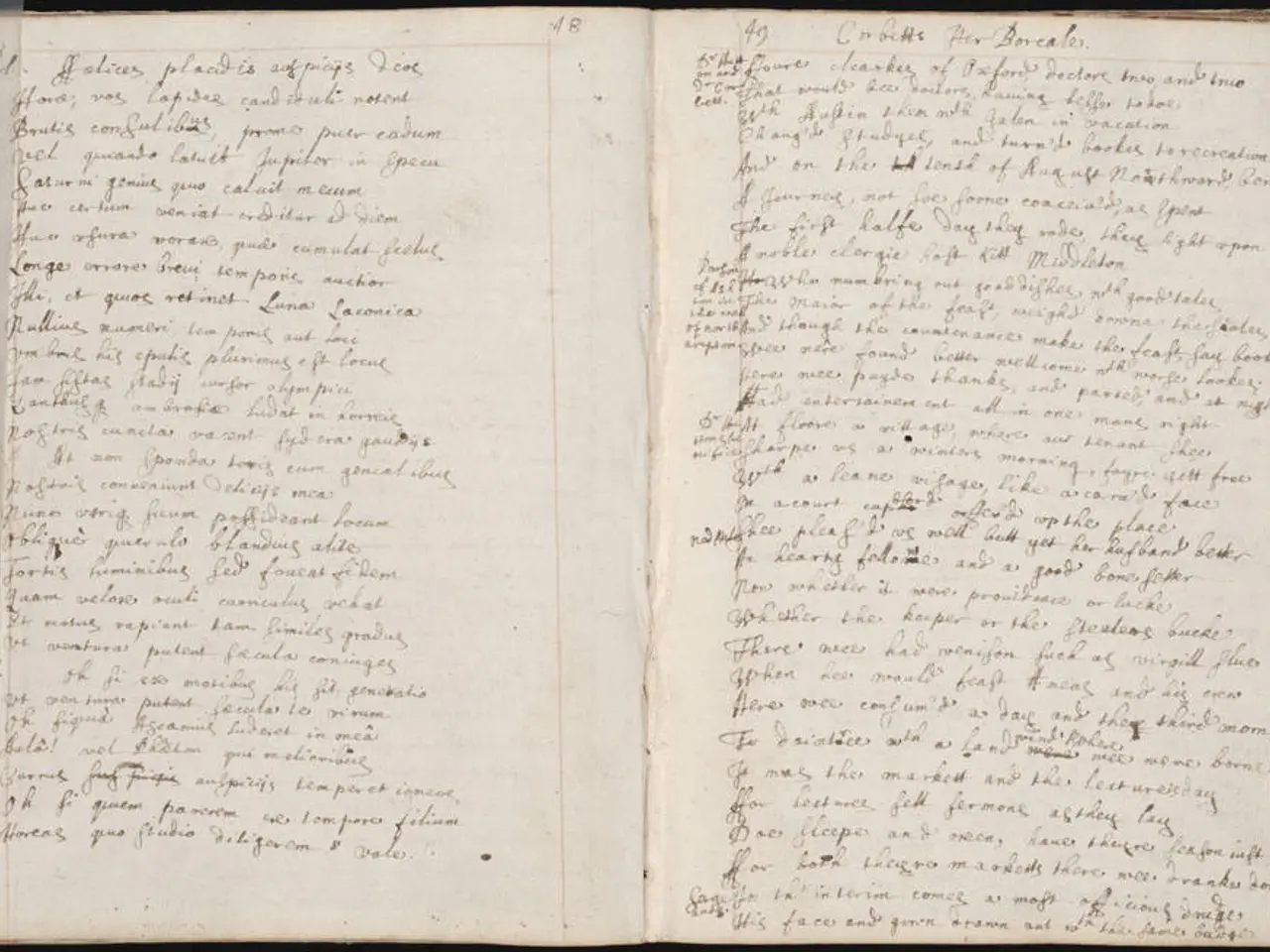Detailed Synopsis of Rich Dad Poor Dad
In the world of personal finance, Robert Kiyosaki's Rich Dad Poor Dad stands as a seminal work that offers insights into wealth creation and financial independence. The book, based on the author's experiences with two contrasting "dads"—his biological father, the "Poor Dad," and his friend's father, the "Rich Dad"—presents two distinct approaches to money management.
The Poor Dad, a highly educated yet financially struggling individual, believed in traditional paths such as "Study hard, get a good job, work for security." He viewed a house as a primary asset, and his focus was on job security and expense control. In stark contrast, the Rich Dad, a self-made millionaire, advocated for acquiring assets that generate income, emphasizing financial education, investing, and making money work for you rather than working for money.
Key insights from the book include the distinction between assets and liabilities. Assets, which put money into your pocket, are crucial for wealth creation, while liabilities, which take money out, should be minimized. The rich focus on building and acquiring income-generating assets, like real estate, stocks, or businesses, whereas the poor or middle class often accumulate liabilities driven by expenses disguised as assets, such as a personal residence serving as a financial trap.
Financial literacy is another core concept in Rich Dad Poor Dad. Kiyosaki stresses the importance of understanding money beyond just earning it through labor. Learning how to invest, manage risk, and identify opportunities is crucial for wealth creation.
The book also emphasizes the importance of financial independence through investing. Instead of relying on job security, Kiyosaki advocates cultivating multiple income streams through investments, shifting one's mindset from working for money to having money work for you. This mindset shift is fundamental to breaking free from paycheck dependency and achieving financial freedom.
Additionally, Kiyosaki's philosophy encourages understanding tax advantages and thinking like a business owner or investor, which often provides legal ways to reduce tax burdens and protect wealth compared to simply being an employee. The rich legally minimize taxes through corporate structures, and corporations have advantages such as their ability to deduct expenses pre-tax and shield personal assets from lawsuits.
In conclusion, Rich Dad Poor Dad offers a compelling exploration of the financial philosophies of two contrasting figures. The book underscores the importance of financial education, the distinction between assets and liabilities, and the mindset shift required to achieve financial independence. Kiyosaki's challenge to readers is to start building their asset column today, no matter how small the initial investment may be.
- To build wealth and achieve financial independence, one should learn about investing, just as the Rich Dad did, and focus on acquiring assets that generate income, rather than merely relying on job security and expense control like the Poor Dad.
- The book Rich Dad Poor Dad illustrates that financial literacy is crucial for recognizing tax advantages, thinking like a business owner or investor, and legally minimizing taxes, which can protect wealth and offer broader tax deductions compared to being just an employee.
- For personal-finance development, it's essential to educate oneself beyond traditional paths (study hard, get a good job, work for security) and invest in education-and-self-development resources that offer insights into financial independence, such as Rich Dad Poor Dad.




